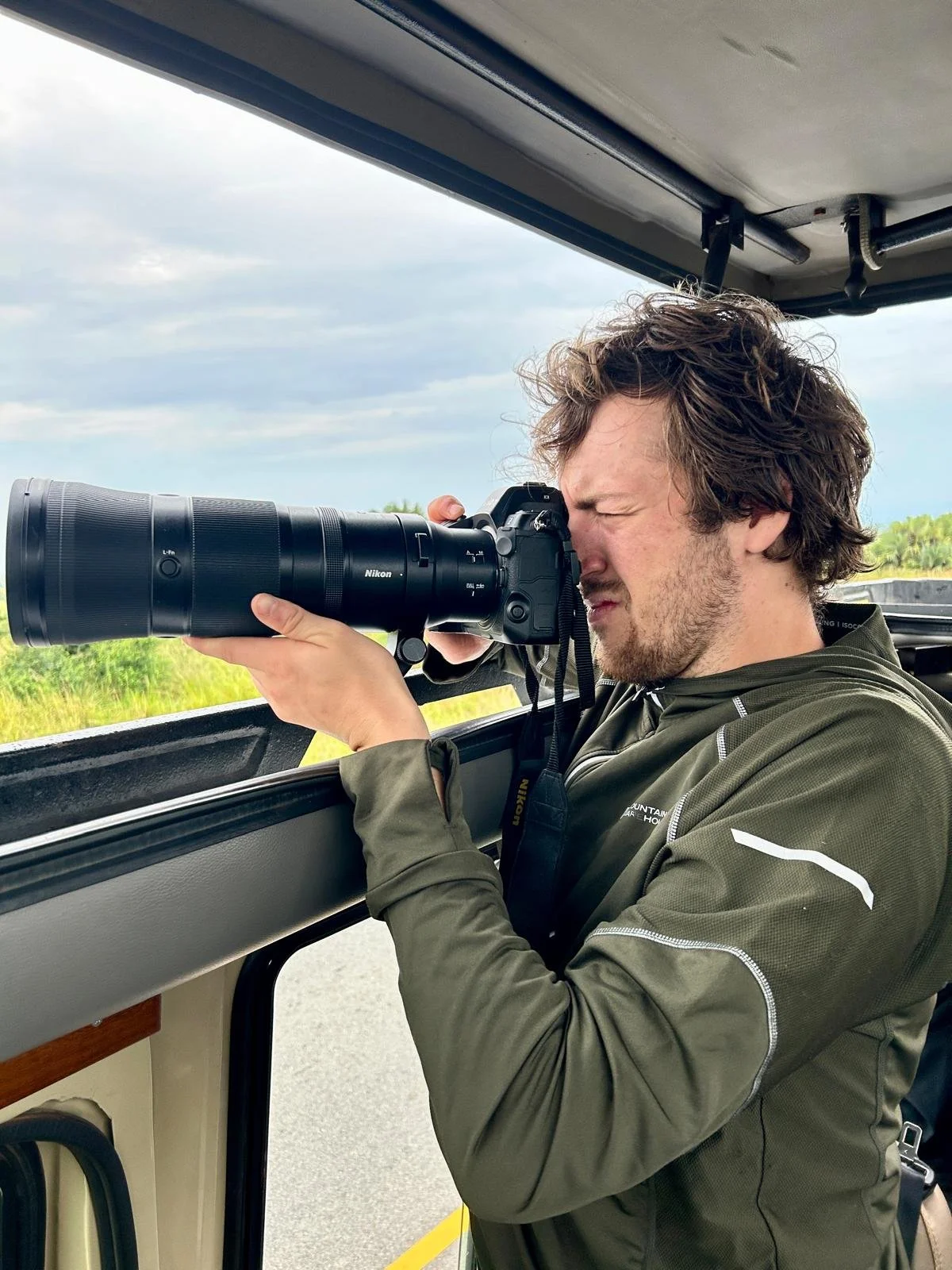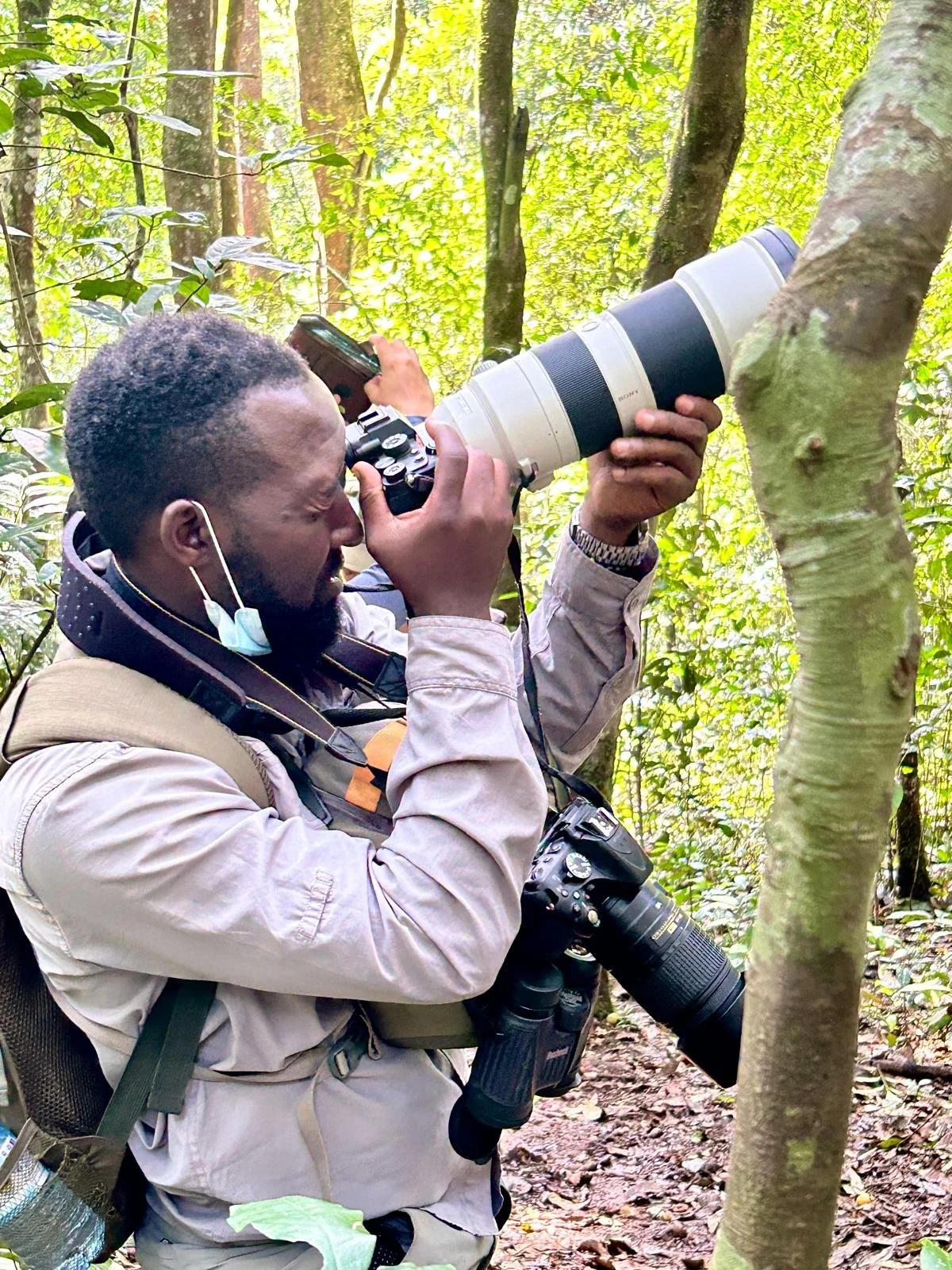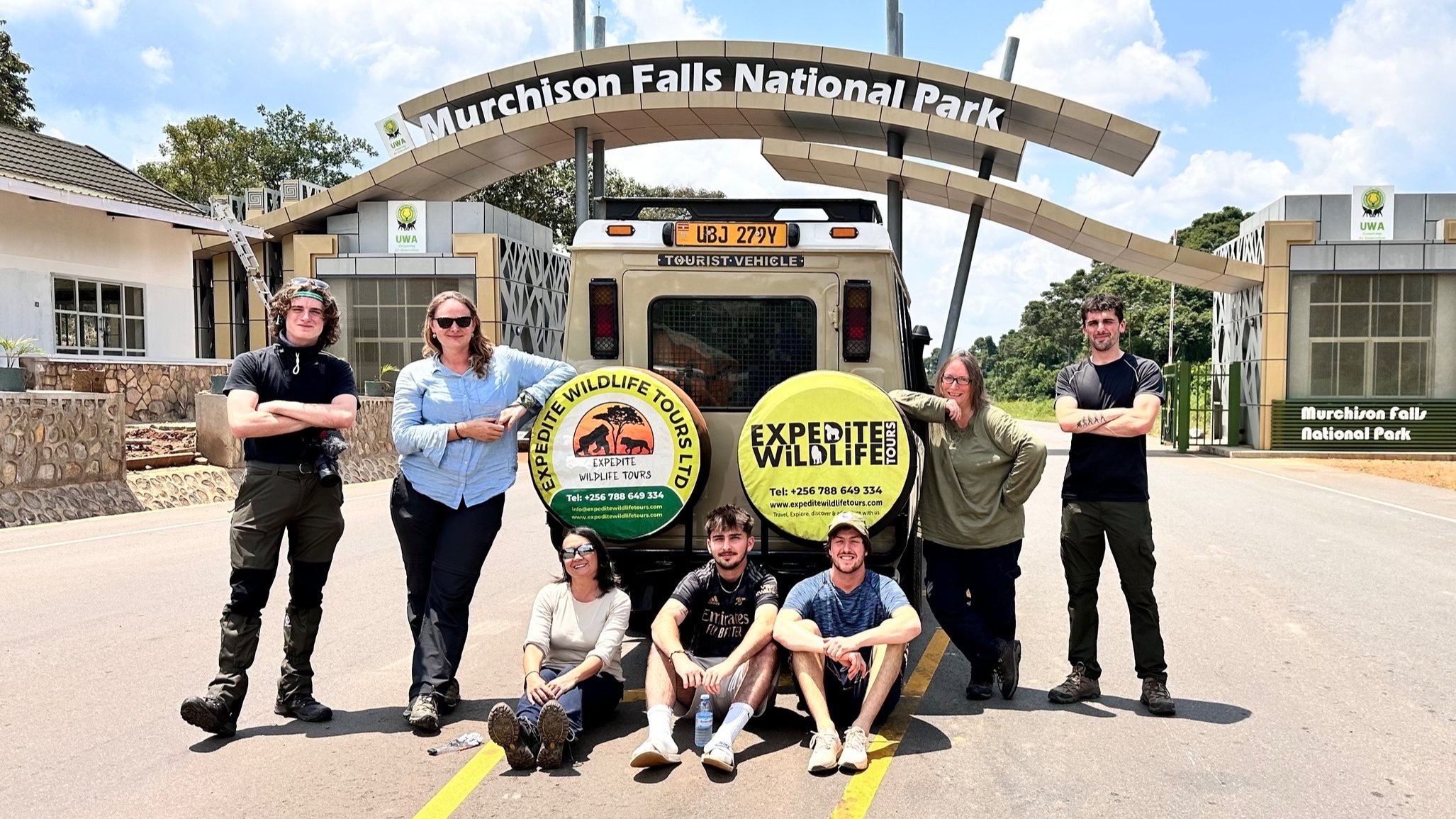Ultimate Photography Gear Guide for Your Ugandan Wildlife Adventure
Embarking on a Ugandan wildlife photography tour is an unparalleled opportunity to capture the beauty of nature in its rawest form. From the misty forests of Bwindi to the sweeping savannahs of Queen Elizabeth National Park, Uganda offers diverse landscapes and wildlife that demand careful preparation. This guide will help you pack the right photography gear to make the most of your adventure.
Essential Camera Equipment
To ensure you’re ready for every moment, here’s a breakdown of the essential camera equipment you’ll need:
Camera Bodies:
A primary weather-sealed DSLR or mirrorless camera is highly recommended. I personally lead towards mirrorless because of the low light capabilities but DSLRs are still very relevant!
Always carry a backup camera body—remote locations can be unforgiving if your main camera fails. This can be tough but the investment is so worth it, last thing you want is your trip of a lifetime ruined because you don’t have a backup…
Pack 3-4 batteries per camera to avoid running out of power during long days in the field.
Don’t forget your battery chargers and a reliable power bank.
Core Lens Kit:
Telephoto Zoom (100-400mm or 150-600mm): A must-have for capturing wildlife from a distance. A big 500/600mm prime is also viable but the nature of Uganda and its extreme variety means a zoom range is most likely a better choice.
70-200mm f/2.8 or f/4: Ideal for closer wildlife encounters and environmental shots, especially Gorilla and Chimps!
Wide-Angle Zoom (16-35mm or similar): Perfect for landscapes and capturing the vast beauty of Uganda.
Mid-Range Zoom (24-70mm): Great for general-purpose shots and storytelling. These last two are optional but recommended to allow for the most variety possible.
Location-Specific Gear
Different environments in Uganda call for specialized equipment. Here’s what you’ll need for key locations on the tour:
Gorilla Trekking in Bwindi Impenetrable Forest:
A 70-200mm lens is your go-to for gorilla photography.
Use a camera capable of handling high ISO settings for low-light conditions. This is why I lean towards mirrorless
Pack a rain cover for your camera and a lightweight bag for hiking.
Bring quick-dry microfiber cloths to combat the forest’s humidity.
Savannah Plains (Queen Elizabeth & Murchison Falls):
A long telephoto lens is essential for capturing wildlife from a distance.
Consider a 1.4x or 2x teleconverter for extra reach. These are better on prime lenses but at a stretch can be used with your telephoto zoom lens
Use a monopod or bean bag for stability.
Protect your gear from dust with proper covers and cleaning kits.
Water Activities (Kazinga Channel & Lake Bunyonyi):
Weather-sealed lenses are a must.
Add circular polarizing filters for better water and sky shots. This is something I don’t tend to do a lot of but if you are into reflection shots and landscapes, this could be a fantastic option!
Use UV filters and lens hoods for protection.
Always carry a rain cover for your camera.
Must-Have Accessories
Don’t overlook these crucial accessories to keep your gear safe and your workflow smooth:
Memory & Storage:
Carry multiple memory cards (128GB or larger) to store all your photos. The faster the better, this trip is fast paced so you are looking for quick upload speeds also.
Multiple hard drive for backups is highly recommended.
Use a memory card wallet to keep cards organized.
Protection & Cleaning:
A padded camera bag with a rain cover is essential.
Pack silica gel packets to protect against humidity.
Bring a sensor cleaning kit, lens cleaning supplies, air blower, and microfiber cloths.
Pre-Departure Checklist
To avoid last-minute stress, follow this checklist:
Two Weeks Before:
Test all your equipment to ensure it’s in working order. Try out any new lenses and attempt to master any new gear.
Clean your camera sensor and lenses.
Update your camera firmware (if necessary)
Check and replace any worn-out batteries.
Format your memory cards. This is a massive one, nothing more demoralising than having old photos on your cards!
Day Before:
Charge all your batteries.
Pack your equipment systematically.
Double-check that you have all essential items.
Plan your carry-on packing strategy for flights.
Weather Considerations
Uganda’s diverse climate calls for careful planning:
Protect against humidity in forested areas like Bwindi.
Use dust covers for savannah regions.
Always have rain protection on hand.
Prepare for temperature variations, from chilly mornings to warm afternoons.
Final Tips for a Smooth Experience
Stick to equipment you’re familiar with—this isn’t the time to test new gear.
Practice with any new equipment before your trip.
Always pack essential items in your carry-on luggage.
Consider insuring your photography gear for peace of mind.
A laptop for image backups is optional but highly recommended.
Uganda’s breathtaking landscapes and incredible wildlife are waiting to be captured through your lens. With the right gear and preparation, you’ll be ready to create stunning images and unforgettable memories.
Are you ready for this adventure? Have any specific questions about shooting in Uganda or need more tips? Get in contact with the form below—I’m here to help!
Uganda 2024 Tour Group


